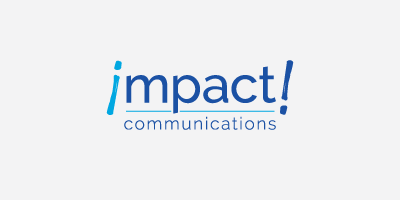The use of AI is top of mind for most organizations these days, especially how to make our work more efficient, while being conscientious of legal and ethical concerns. On May 21st, the DMAW hosted a Critical Conversation webinar, “The Next Evolution in Fundraising: Using AI Collaboratively Across Your Organization.” Led by Shawn Olds, Co-Founder and CEO of boodleAI, it explored the uses and limitations of AI for non-profits today.
No conversation about AI can start without a thorough understanding of the ethical and legal considerations – including how to prevent negative outcomes, knowledge of intellectual property rights, and identifying misinformation and fake content.
Nonprofits use AI in two distinct ways:
- Traditional AI involves using an organization’s own data for analysis and modeling to increase fundraising effectiveness. Olds shared several examples of successful data modeling, including the Air Force Academy Foundation, which increased the non-donor direct mail response rate by 6x by modeling their direct mail responsive donors and alumni.
- Unlike traditional AI, Generative AI uses vast amounts of outside data to assist with research, content generation, evaluation, idea generation, and many other tasks. For fundraising, this can include tailoring stewardship emails to donor interest, creating research and talking points for major donor conversations, and providing deep research on topics.
Organizations can take the first step by starting small, establishing AI leadership and best practices, integrating it into business practices, and looking into what AI assets are available through existing resources, such as your CRM. Here at Impact, our team is utilizing AI to increase productivity in administrative tasks, research, and brainstorming to allow us to spend more time focusing on important strategic and messaging work for our partners and their missions!





0 Comments